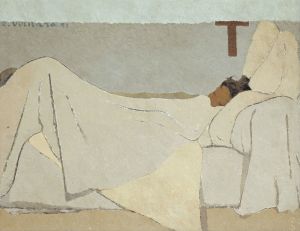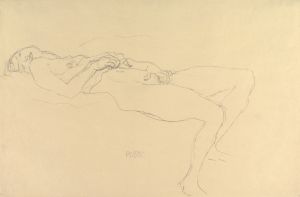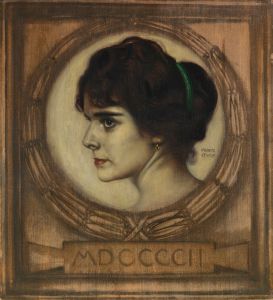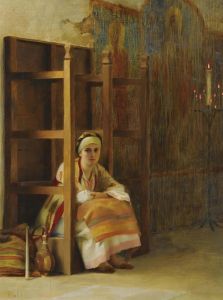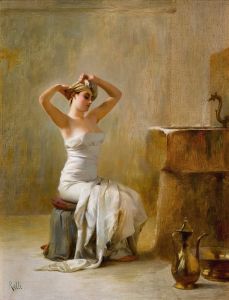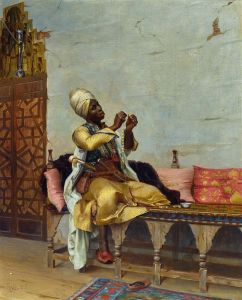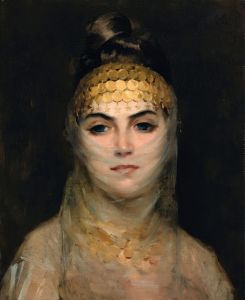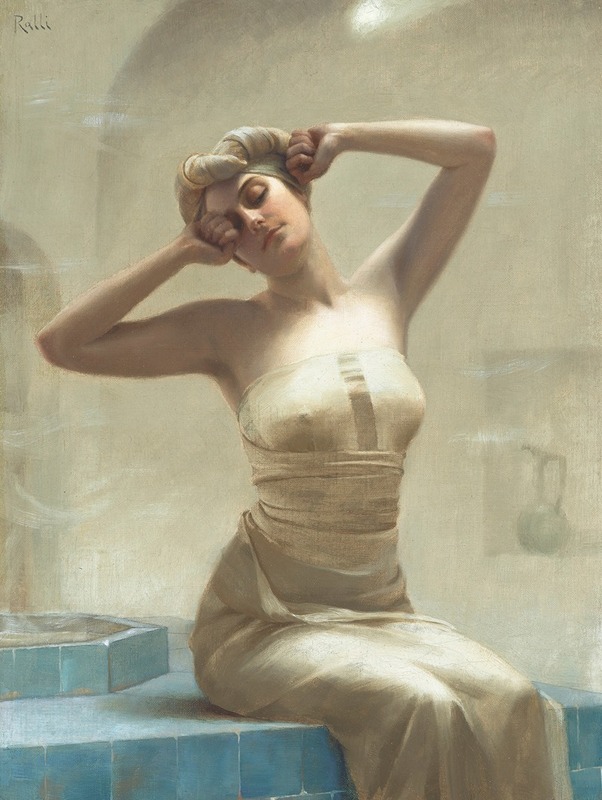
At the bath
A hand-painted replica of Theodoros Ralli’s masterpiece At the bath, meticulously crafted by professional artists to capture the true essence of the original. Each piece is created with museum-quality canvas and rare mineral pigments, carefully painted by experienced artists with delicate brushstrokes and rich, layered colors to perfectly recreate the texture of the original artwork. Unlike machine-printed reproductions, this hand-painted version brings the painting to life, infused with the artist’s emotions and skill in every stroke. Whether for personal collection or home decoration, it instantly elevates the artistic atmosphere of any space.
Theodoros Ralli, also known as Theodoros Rallis, was a Greek painter born in Constantinople (now Istanbul) in 1852. He is renowned for his Orientalist works, which often depict scenes from the Middle East and North Africa, capturing the exoticism and allure of these regions through a Western lens. Ralli's works are characterized by their attention to detail, vibrant colors, and a focus on the daily lives and customs of the people he portrayed.
"At the Bath" is one of Ralli's notable paintings, exemplifying his Orientalist style. The painting captures a scene within a traditional bathhouse, a common subject in Orientalist art due to its cultural significance and the opportunity it provided artists to explore themes of beauty, relaxation, and the exotic. Bathhouses, or hammams, were social and cultural hubs in many Middle Eastern societies, serving not only as places for bathing but also as venues for social interaction and relaxation.
In "At the Bath," Ralli employs his characteristic attention to detail to depict the intricate architecture and decor of the bathhouse, as well as the figures within it. The painting likely features women engaged in the bathing ritual, a subject that allowed Ralli to explore themes of femininity and privacy. The use of light and shadow in the painting highlights the textures of the fabrics and the sheen of the water, adding to the overall sense of realism and immersion.
Ralli's work is often noted for its blend of realism and romanticism, capturing the essence of the scenes he depicted while also imbuing them with a sense of idealized beauty. His paintings reflect a fascination with the "Orient," a term used by Western artists and writers of the time to describe the cultures and landscapes of the Middle East and North Africa. This fascination was part of a broader trend in 19th-century European art and literature, where artists sought to depict the exotic and unfamiliar as a means of exploring themes of adventure, mystery, and cultural difference.
Theodoros Ralli's contributions to Orientalist art have been recognized for their technical skill and evocative imagery. His works are held in various collections and continue to be studied for their artistic merit and cultural significance. "At the Bath" remains a testament to Ralli's ability to capture the beauty and complexity of the scenes he portrayed, offering viewers a glimpse into a world that is both familiar and foreign.
Ralli passed away in 1909, leaving behind a legacy of art that continues to be appreciated for its aesthetic qualities and its role in the broader context of Orientalist painting. His works, including "At the Bath," serve as historical documents that reflect the perspectives and artistic trends of his time, providing insight into the ways in which Western artists engaged with and represented the cultures of the East.








